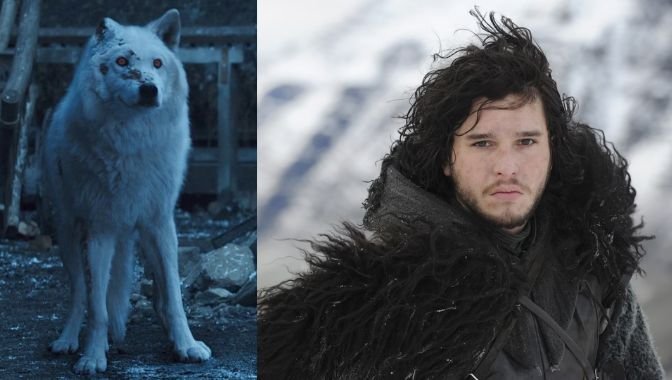It sounds like something straight out of a fantasy series, but scientists in Dallas, Texas, claim they have brought extinct dire wolves back to life. Using advanced gene-editing techniques, Colossal Biosciences has successfully created three animals that carry key traits of dire wolves, once thought lost forever.
The breakthrough came when researchers altered grey wolf cells and combined them with dog egg cells before implanting them into surrogates. This led to the birth of two males in October 2024 and one female in January 2025. According to Colossal, these animals share 15 of the 20 critical DNA markers that once defined the dire wolf.
Are These True Dire Wolves?
Not everyone in the scientific community is convinced. Many experts argue these are not actual dire wolves but rather modern dogs infused with partial dire wolf DNA. The International Union for Conservation of Nature (IUCN) has already clarified that these animals do not fulfill the ecological role of the extinct species and therefore cannot be classified as true de-extinction.
Despite the criticism, Colossal maintains that its work is groundbreaking and essential for the future of conservation science. The company insists these animals will remain in secure facilities and not be released into the wild.
Colossal has bigger ambitions beyond dire wolves. The company is also working on reviving other extinct species, including the woolly mammoth, the dodo, and even the giant moa bird from New Zealand. Their target is to create mammoth-like elephants by 2028, an endeavor that could reshape conservation efforts worldwide.
Also read Man Leaves His Wife After Falling in Love With AI Partner
While debates grow heated, with critics warning against misleading the public on what de-extinction really means. Colossal emphasizes its commitment to transparency and scientific dialogue. Whether viewed as a triumph of biotechnology or a controversial experiment, one thing is certain. The dream of resurrecting lost creatures is no longer just fantasy.











